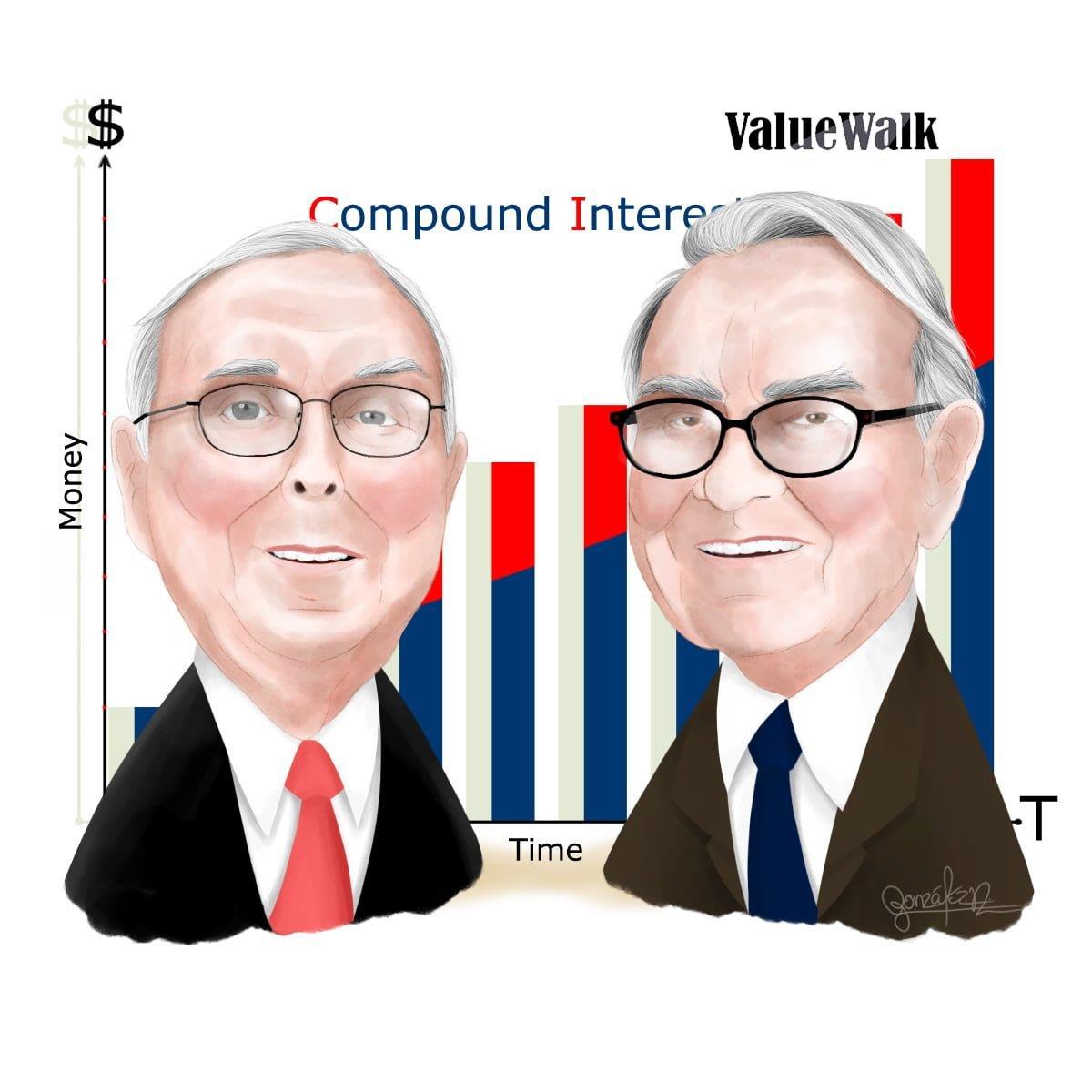(MENAFN- ValueWalk) The biggest problem with Buy-and-Hold strategies is the extremely negative feedback loop they create.
Get The Full Warren Buffett Series in PDF
Get the entire 10-part series on Warren Buffett in PDF. Save it to your desktop, read it on your tablet, or email to your colleagues

Q2 2021 hedge fund letters, conferences and more
Rich Pzena Profile: In The Footsteps Of Graham And Dodd
Rich Pzena of Pzena Investment Management is doing what he loves to do. In fact, he has always had an interest in investing, just like his father. In an interview with Raul Panganiban of ValueWalk, Pzena said the financial markets were always a focus of conversation at home when he was growing up. Q 2021 Read More
Today's CAPE value is 38. That is a scary number. It is more than two times the mean CAPE value of 17. So there are many trillions of dollars of irrational exuberance sloshing around in our economic system. Someday in the not too terribly distant future, something will spook investors and those trillions of dollars will disappear into thin air, causing an ocean of human misery for the people of the United States.
We should all be asking ourselves -- How did it ever get to be so bad? How did our irrational exuberance get so wildly out of control?
The Extremely Negative Feedback Loop Created By The Buy-And-hold Strategies
It's the feedback loop created by the Buy-and-Hold way of thinking about how stock investing works that did it. People learn by trying out different behaviors and seeing what feedback they obtain in response. Kids work harder at school when their parents praise them for getting good grades. Workers put in extra hours when they obtain raises and promotions. Drivers think twice about exceeding speed limits after they have been hit with big financial penalties. We repeat behavior that is rewarded and we avoid behavior that is punished. It's hardly a shocking news flash.
But consider what happens to stock investors who push stock prices up to unsustainable highs. What happens in the real world is they are hit with financial penalties, just as is the driver who fails to observe the speed limit. Every time stock prices go up, the most likely long-term return on stocks goes down. A price rise puts more money in the investor's portfolio, which of course gives him a good feeling. But price rises that take the CAPE value above its fair-value level also lower the going-forward return enough to counter that good feeling. Investors who are informed of the realities of stock investing do not get excited about price rises greater than those justified by the economic realities because they know that they are temporary.
Buy-and-Holders don't see things that way. In the Buy-and-Hold mindset, investors are 100 percent rational in the decisions they make regarding stock investing. So there is no such thing as overvaluation -- the market always gets prices just right. Even crazy price increases are believed to be justified by economic developments. So there is no reason to believe that they will disappear. Price increases that are justified by the economic realities are good news for everyone. Times of big stock price increases are times of strong economic growth . What's not to like?
Keeping Irrational Exuberance Under Control
If Shiller is right about irrational exuberance, all investors should fear it. We should all be working together to keep it under control at all times. But, if the Buy-and-Hold understanding of how stock investing works is the correct one, irrational exuberance should be celebrated. All price increases, even price increases that take the CAPE value to seemingly dangerous places, are supported by economic growth. Which is good. So there is no reason whatsoever to do anything to keep irrational exuberance in check. According to the Buy-and-Hold scheme, the very concept of irrational exuberance is an absurdity.
And of course things work in a similar manner when prices are headed in the other direction. I believe that we will in the not too distant future be seeing a price crash that will take the CAPE value down to its fair-value level or perhaps lower. That will not come as a shock to Valuation-Informed Indexers . We have been anticipating a price crash for a long time now. But a price drop of the size that would be required to bring the CAPE value back to fair-value levels will shockBuy-and-Holders. In their eyes, price drops are caused by negative economic developments. A price drop of that size would suggest economic problems serious enough to cause an economic collapse. Panic city!
The most important thing that investors need to know about stock investing is what causes price changes. The Shiller view and the Buy-and-Hold view are very different. If the Shiller view is correct (as I believe is the case), irrational exuberance should not be much of a problem. Price increases greater than those justified by the economic realities generate a skepticism that keeps them from getting out of hand. But irrational exuberance can become a very big problem indeed in a world in which Buy-and-Hold strategies become popular (which unfortunately is the world we today live in). In that sort of world, the stock market is a car without brakes. Unjustified price increases generate enthusiasm for more unjustified price increases. Buy-and-Hold establishes a feedback mechanism that punishes good study habits and encourages pushing the pedal to the metal in the middle of a raging snowstorm.
Rob's bio is here .
MENAFN12102021005205011743ID1102955728
Legal Disclaimer:
MENAFN provides the information “as is” without warranty of any kind. We do not accept any responsibility or liability for the accuracy, content, images, videos, licenses, completeness, legality, or reliability of the information contained in this article. If you have any complaints or copyright issues related to this article, kindly contact the provider above.